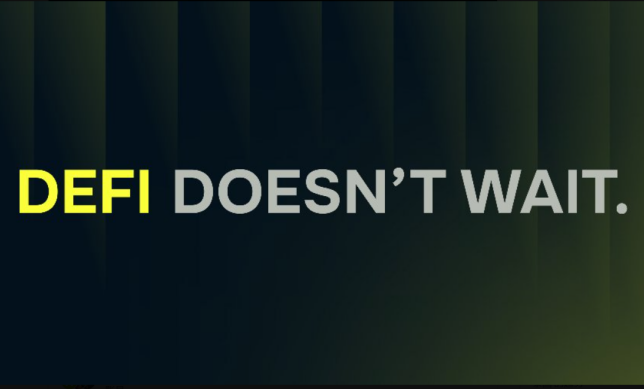
In today’s rapidly growing decentralized finance (DeFi) space, liquidity is crucial. As the liquid Internet of DeFi, deBridge provides a seamless asset and information flow platform, allowing users to interact instantly between different blockchains. This innovative technology not only eliminates bottlenecks and risks in liquidity pools, but also supports all types of cross-chain interactions, achieving deep liquidity, tight spreads, and guaranteed exchange rates.
Verification mechanism for cross-chain transactions
deBridge's cross-chain transaction verification is handled by an independent network of validators elected by and serving deBridge governance. These validators maintain the blockchain infrastructure, and each validator runs a deBridge node and is responsible for signing all transactions that go through the deBridge smart contract. This design not only ensures the security of transactions, but also improves the efficiency of the entire system.
Protocol security
The security of the deBridge protocol relies on delegated staking and slashing mechanics. As the backbone of protocol security, these mechanisms provide economic penalties and prevent collusion between validators, thus ensuring the security of user assets.
Various applications of deBridge protocol
As an infrastructure platform, the deBridge protocol provides a framework that supports multiple functions:
Decentralized transfer of arbitrary data and assets
Cross-chain interoperability and smart contract composability
Cross-chain exchange
NFT interoperability and bridging
These features enable various projects to integrate deBridge’s infrastructure to open up diverse cross-chain opportunities. For example, projects can:
Build custom asset and NFT bridges, retain custom NFT logic (such as breeding)
Enable users of other blockchain ecosystems to interact with its protocol (enabling global accessibility)
Extend its protocol to other chains and exchange commands/messages between various components of the protocol
Combine with other ecosystem protocols
A guide to building cross-chain applications
For developers who want to leverage the deBridge protocol for cross-chain interactions, our guide to building EVM-based dApps is a good starting point. This guide covers all necessary topics to help developers get started quickly and build their own cross-chain applications.
Governance of Decentralized Autonomous Organizations (DAOs)
The deBridge protocol will be controlled by a decentralized autonomous organization (DAO), a governance structure that allows all token holders to participate in future growth, have a say in decisions about protocol parameters, and participate in treasury management. This governance model not only promotes community participation, but also provides guarantee for the long-term development of the project.
The birth and achievements of deBridge
The birth of deBridge dates back to April 2021, when it debuted at the Chainlink Global Hackathon to solve the pressing problem of transferring assets and data between blockchains. deBridge's goal is to create the first decentralized asset bridging standard and has won the award and achieved first place among more than 140 teams around the world.
Conclusion
Overall, deBridge tokens are not only an important part of the decentralized financial ecosystem, but also the key to future cross-chain interactions. As more projects begin to explore the potential of deBridge, we can look forward to a more interconnected blockchain world. Whether it is asset transfer, data sharing, or NFT bridging, deBridge is driving the realization of it all. With the development of decentralized finance, deBridge will become one of the indispensable infrastructures in the future.